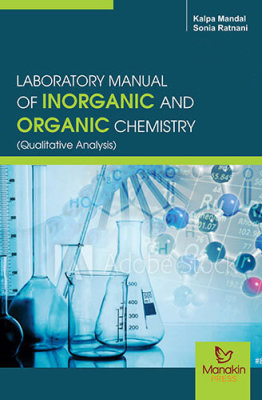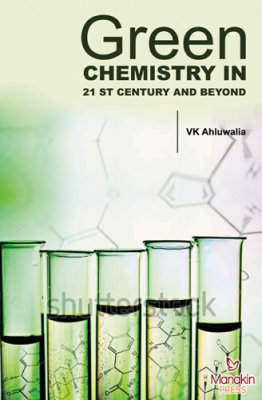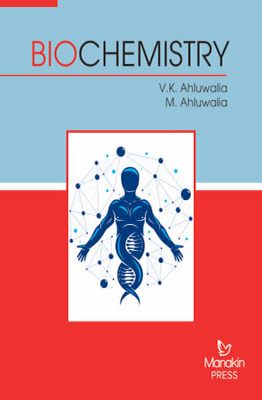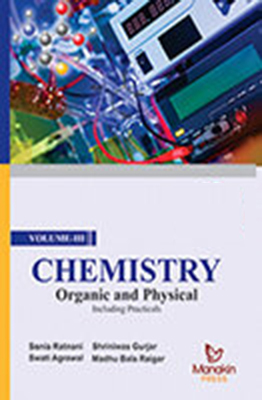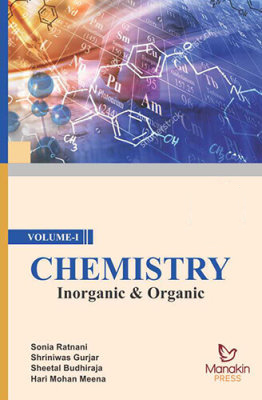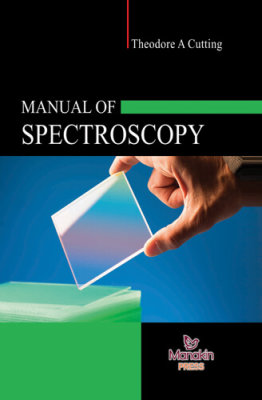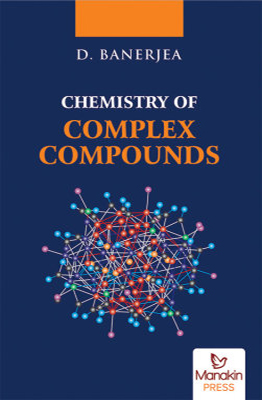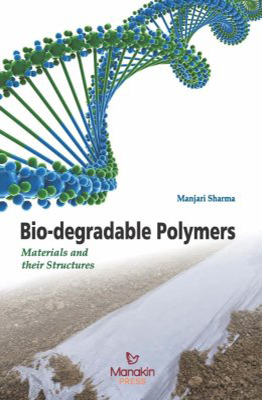 Kalpa Mandal | Sonia Ratnani | Category: Chemistry
Kalpa Mandal | Sonia Ratnani | Category: Chemistry
Binding Type: Paperback Binding
Book Details
ISBN: 9789386221681
YOP: 2018
Pages: 196
Order also on
The objective of this book is to provide information about the basic knowledge of organic chemistry practicals at undergraduate level. It consists of three units namely synthesis of organic compounds, estimation of organic compounds and functional group analysis with their derivative preparation in a simple way. This book contains 35 preparations with their reaction, mechanism and procedure. Each exercise has been written in a student friendly way.
1. Qualitative Inorganic Analysis
1.1 Introduction
1.2 Principles Underlying the Qualitative Analysis
1.3 Preliminary Tests
1.4 Analysis of Anions (Acid Radicals)
1.5 Tests for Anions of Class I (DIL H2SO4 Group)
1.6 Tests for the Anions of Class II
1.7 Confirmatory Tests for the Anions
1.8 Special Test for Combination of Acid Radicals and their Detection
1.9 Interfering Anions
1.10 Analysis of Cations (Basic Radicals)
1.11 Separation of the Cations into Analytical Group
1.12 Analysis of the Cations of Group Zero
1.13 Analysis of the Cations of Group I
1.14 Analysis of the Cations of Analytical Group II
1.15 Analysis of the Cations of Analytical Group III
1.16 Analysis of Cations of Group IV
1.17 Analysis of The Cations of Group V
1.18 Analysis of The Cations of Analytical Group VI
1.19 Treatment of Insolubles
1.20 Solved Viva-Voce Questions
2. Qualitative Organic Analysis
2.1 Introduction 99
2.2 Preliminary Tests
2.3 Extra Element Detection
2.4 Functional Group Analysis
2.5 Determination of Physical Constants
2.6 Preparation of Derivatives
2.7 Solved Viva Voice Questions
The objective of this book is to provide information about the basic knowledge of organic chemistry practicals at undergraduate level. It consists of three units namely synthesis of organic compounds, estimation of organic compounds and functional group analysis with their derivative preparation in a simple way. This book contains 35 preparations with their reaction, mechanism and procedure. Each exercise has been written in a student friendly way.
1. Qualitative Inorganic Analysis
1.1 Introduction
1.2 Principles Underlying the Qualitative Analysis
1.3 Preliminary Tests
1.4 Analysis of Anions (Acid Radicals)
1.5 Tests for Anions of Class I (DIL H2SO4 Group)
1.6 Tests for the Anions of Class II
1.7 Confirmatory Tests for the Anions
1.8 Special Test for Combination of Acid Radicals and their Detection
1.9 Interfering Anions
1.10 Analysis of Cations (Basic Radicals)
1.11 Separation of the Cations into Analytical Group
1.12 Analysis of the Cations of Group Zero
1.13 Analysis of the Cations of Group I
1.14 Analysis of the Cations of Analytical Group II
1.15 Analysis of the Cations of Analytical Group III
1.16 Analysis of Cations of Group IV
1.17 Analysis of The Cations of Group V
1.18 Analysis of The Cations of Analytical Group VI
1.19 Treatment of Insolubles
1.20 Solved Viva-Voce Questions
2. Qualitative Organic Analysis
2.1 Introduction 99
2.2 Preliminary Tests
2.3 Extra Element Detection
2.4 Functional Group Analysis
2.5 Determination of Physical Constants
2.6 Preparation of Derivatives
2.7 Solved Viva Voice Questions

